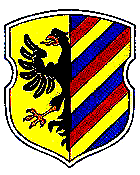

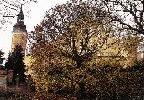
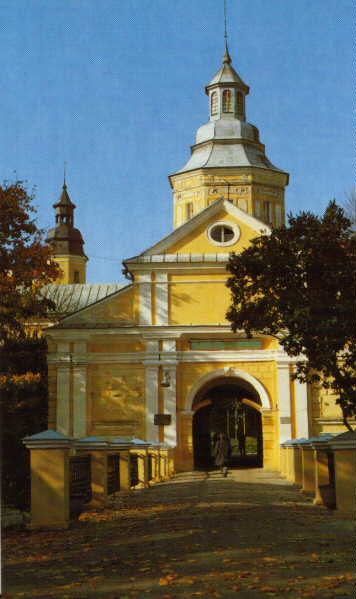
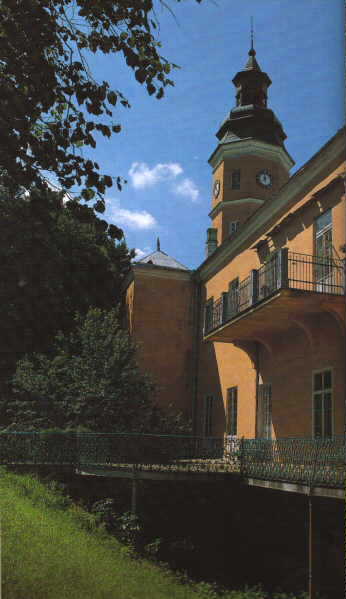
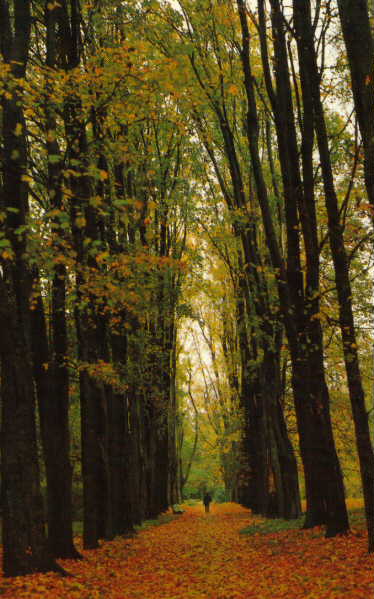
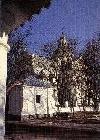
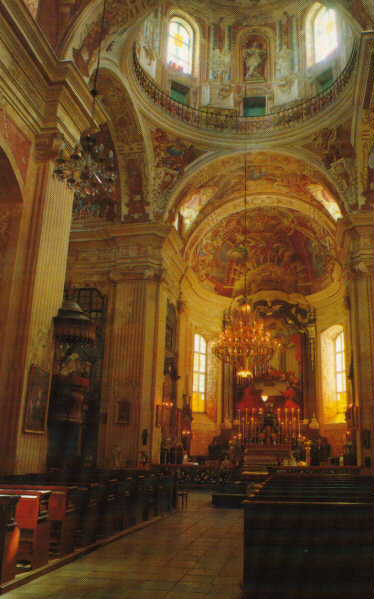
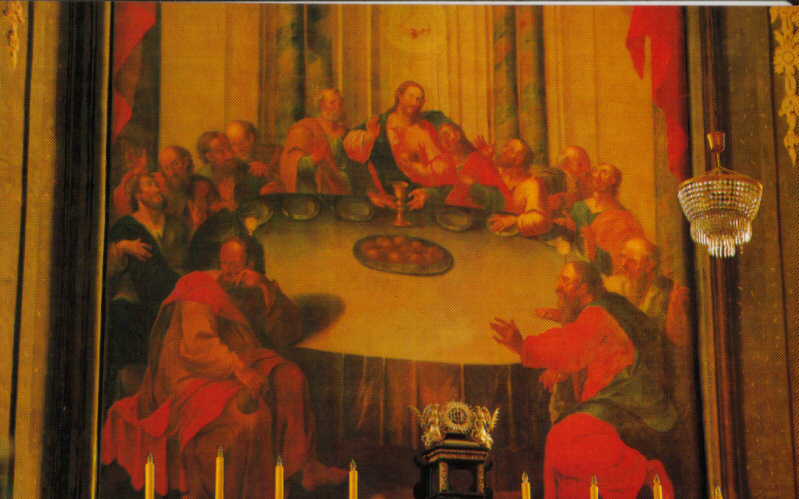
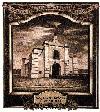
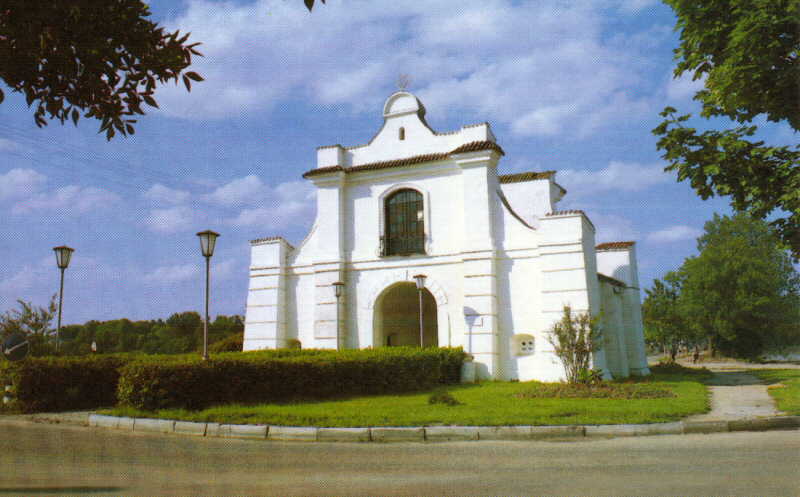
The Town Hall is the most ancient town hall preserved on the territory of Belarus. It was
built in the late 16th - early 17th century. From the 17th century onwards the Town Hall
was rebuilt and changed significantly by the end of the 19th century. The exterior of the
tower has also undergone changes. Once the Town Hall was surrounded by rows of stalls on
three sides, whereas now it bears more resemblance to a fortification structure. Its
architecture clearly shows traces of the transition period from Renaissance to Baroque.
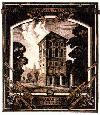 This
picture was drawn by U.Basalyga
This
picture was drawn by U.Basalyga
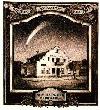 This
picture was drawn by U.Basalyga
This
picture was drawn by U.Basalyga For the preparation of this Page I have used "The City Guide of Niasviz" issued by the Committee of Geodesy of the Council of Ministers of the Republic of Belarus.
 |
Maintaining this page is Aliaksiej SierkaGo to Belarusan Heritage This page is part of |
 |